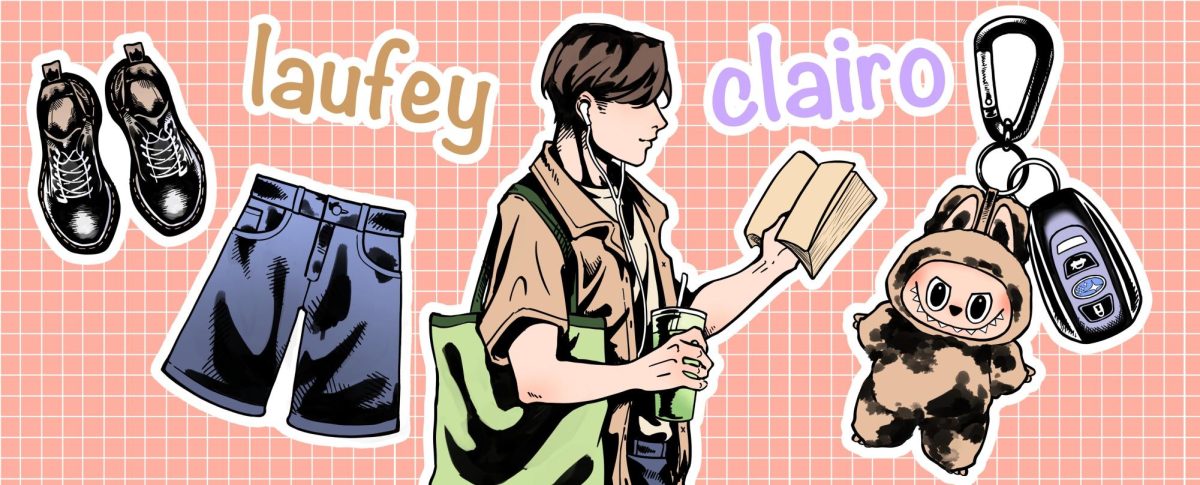By Jeffrey Heng, Staff Reporter
Sorry Stanleys, but Hydro Flasks are the clear winner of the “Cup War.”
Stanley, the company, was founded in 1913, marketing itself as providing durable cups. According to a Vox article, the company’s reported revenue was $73 million by 2019. Thanks to social media, this value sprung to $750 million in 2023.
One thing is for sure though: Stanley cups will never have me in a chokehold.
Stanley cups are stainless steel reusable tumblers, often costing $35 and higher, that have risen in popularity due to social media.
In January, Hydro Flask, another reusable water bottle manufacturer, stated on Instagram that it does not use lead in its sealing process. Users on the app believe this was directed at Stanley for using lead in its cups and refer to the drama as the Cup War.
Tamara Rubin, owner of Lead Safe Mama, a company providing lead poisoning education, concluded the presence of lead in Stanley cups in March 2023 using a technique that determines an element’s identity through fluorescence. Stanley responded on its website that lead exists in sealing material for vacuum insulation but is not exposed beyond the “rare occurrence the base cap of a product comes off.”
According to a Health.com article, lead can impede brain and kidney development. The risk of lead poisoning is never reassuring no matter how rare, so why take the chance?
In addition, Stanleys are inferior to other reusable bottles. Unless you have a large pocket in your bookbag, the cup is too large and must be carried in your hands. Many are also susceptible to leaking when knocked over with straws rather than closable lids, so you are better off with brands like Hydro Flask, Contigo and Yeti which generally cost less, are smaller in size and have efficient lids. Even worse, Stanley cups influence peak consumerism. On Dec. 31, Target stores across the U.S. released Stanley’s limited edition Cosmo Pink Tumbler. TikTok videos show full lines of people waiting outside stores and then stampeding toward tumbler shelves for the rare cup. One TikTok influencer, Carolina Kyung, posted a video of her Stanley display in her house, and like many others, tries to sell her cups for hundreds, and sometimes thousands, of dollars. The point of a reusable bottle is so you can use one bottle repeatedly — not so you can display your collection like a trophy case.
Admittedly, I see the effort to reduce plastic bottles and expand to sustainable resources. Even so, Stanleys are counterproductive due to poor design, absurd price and unjustifiable chaos. If Stanley wants to improve its product, the company must consider safety precautions and find alternatives for lead. Likewise, it should stop creating an overload of designs because it encourages obsessive behavior in consumerism.
With that said, do yourself a favor and avoid the Stanley cup craze. Leave it up to Hydro Flasks, the victors of the Cup War, to produce more efficient bottles rather than giant sippy cups.
Jeffrey Heng can be reached at [email protected].






















































































